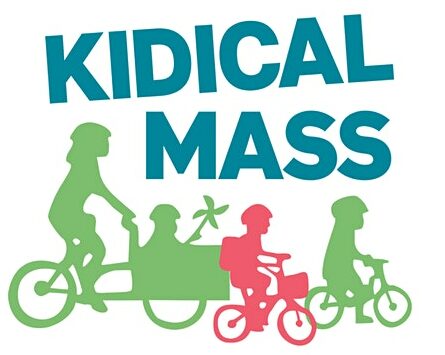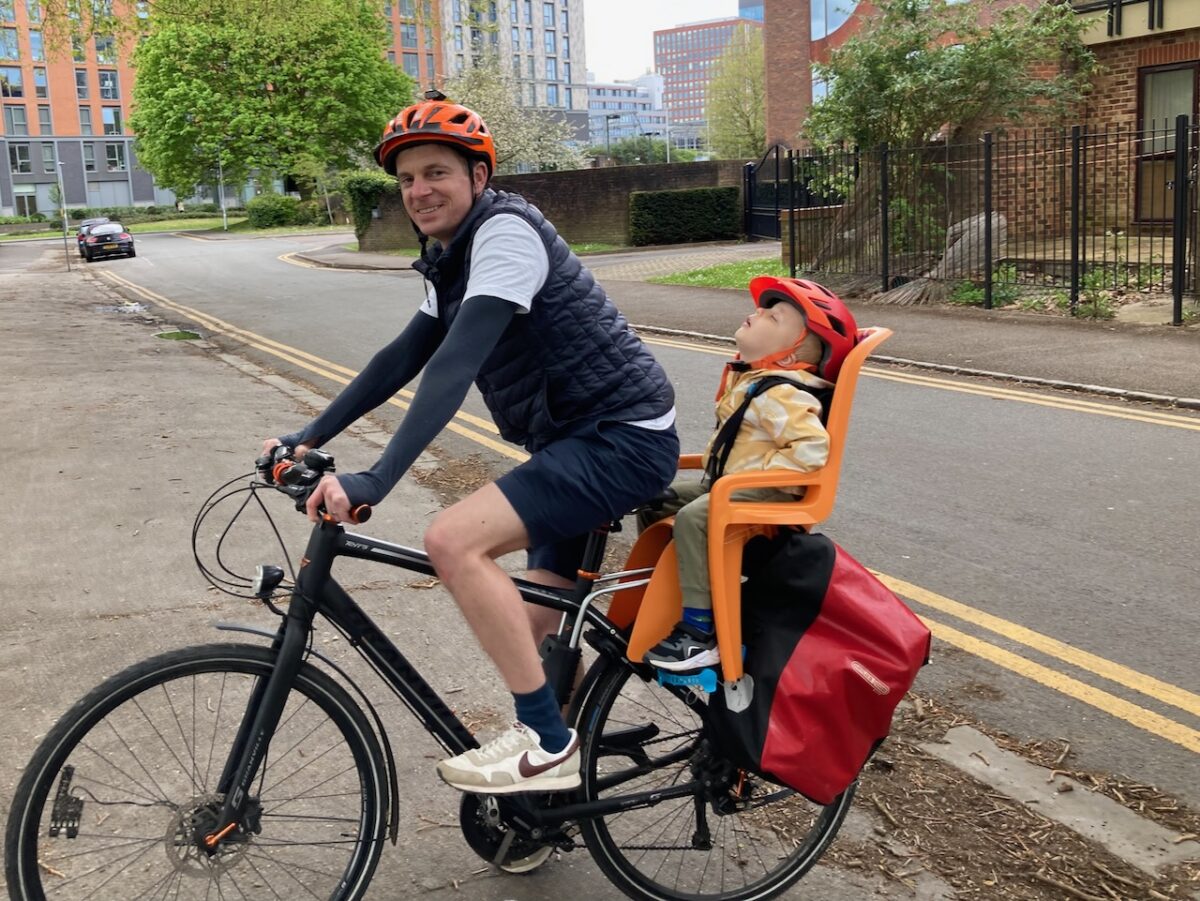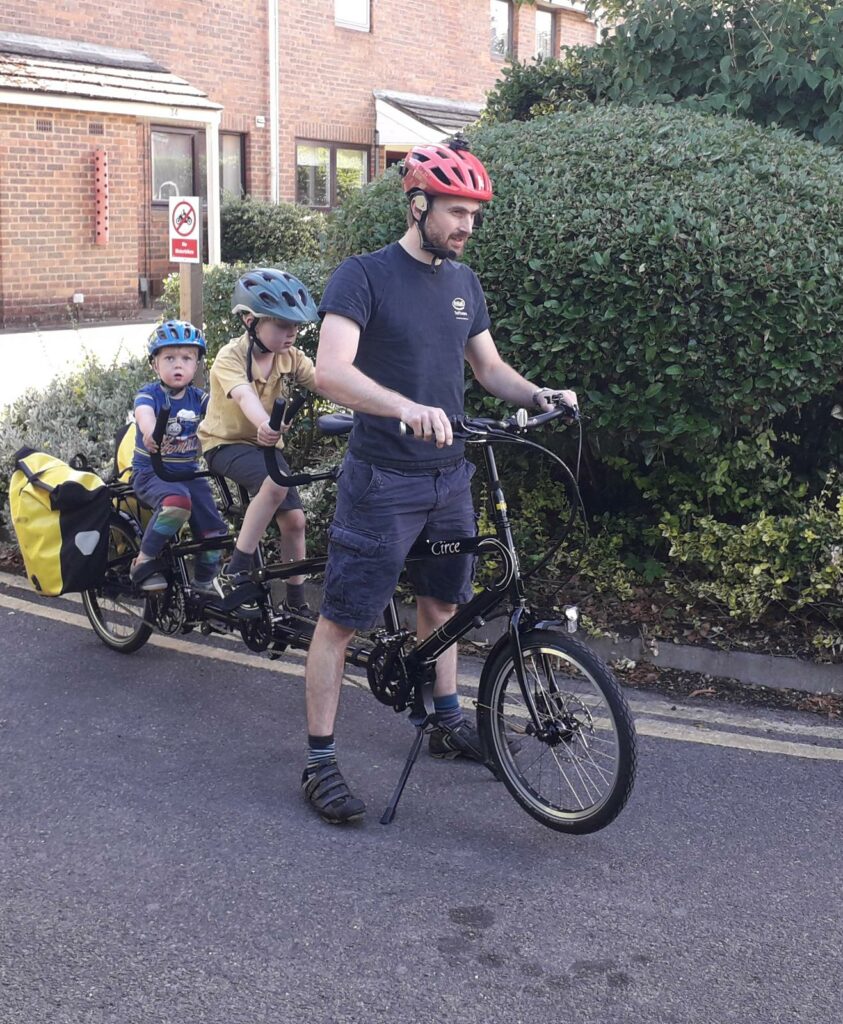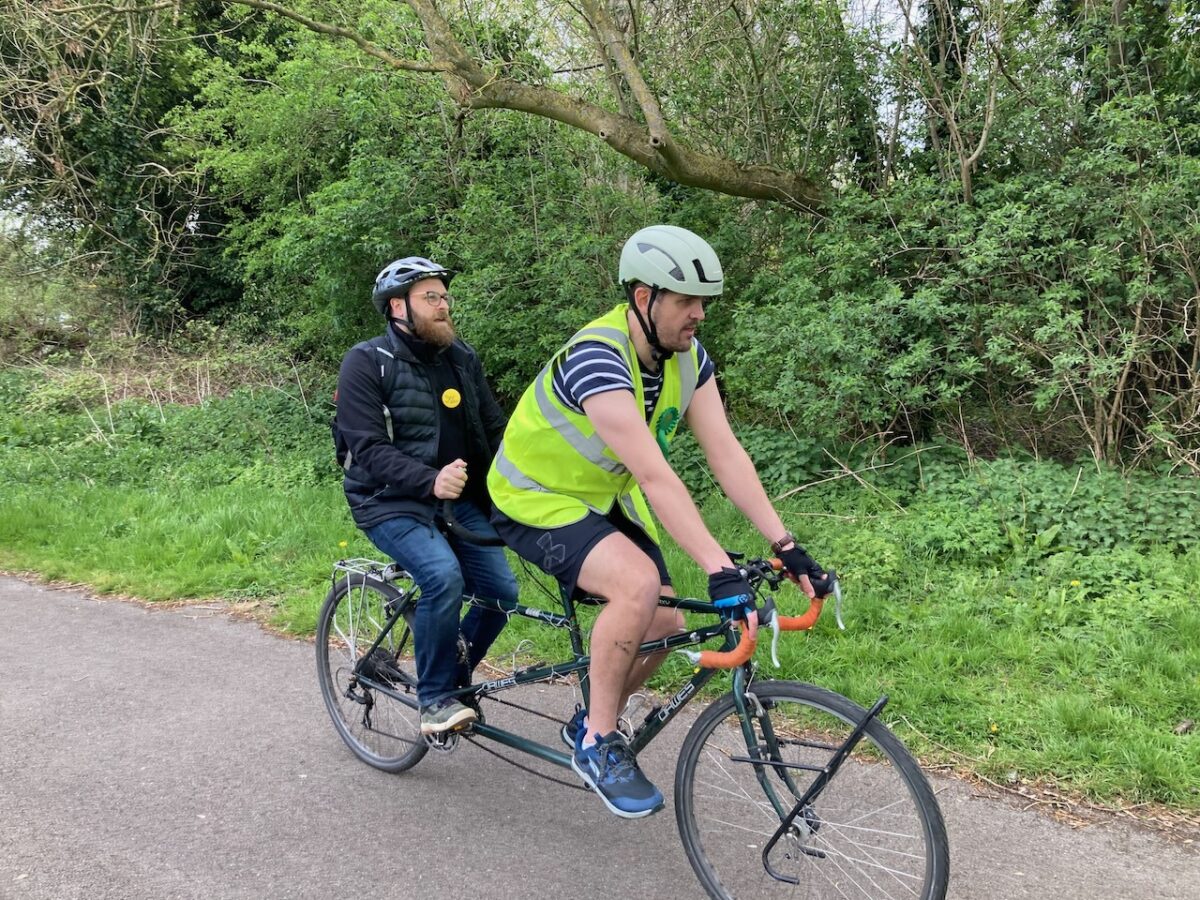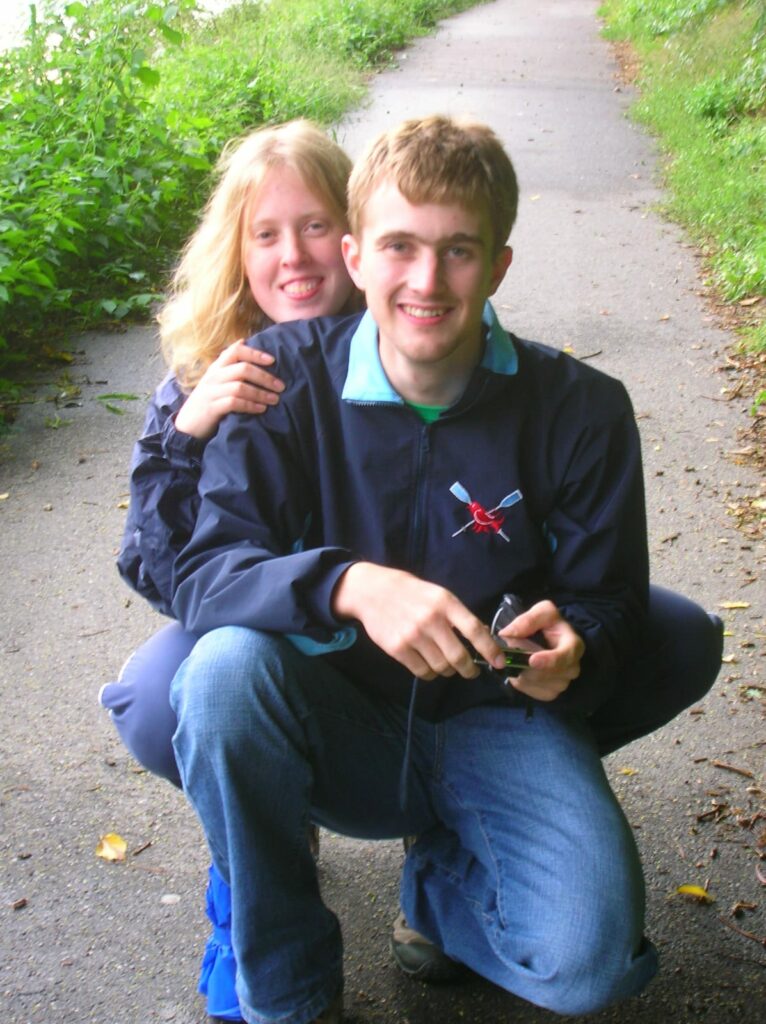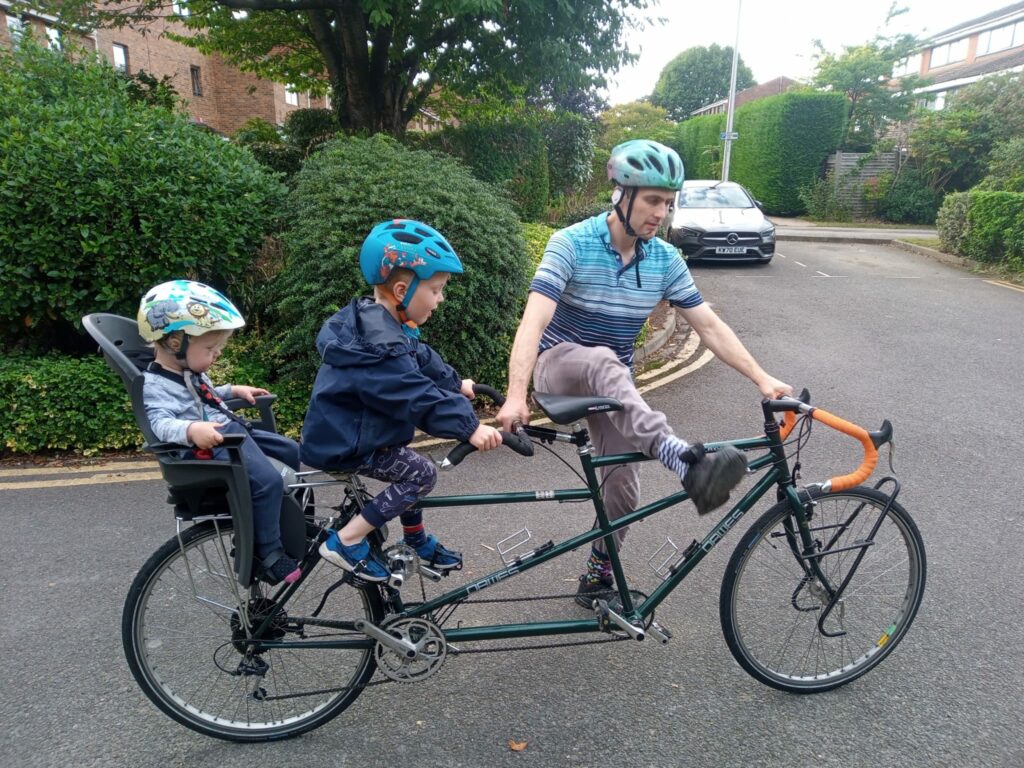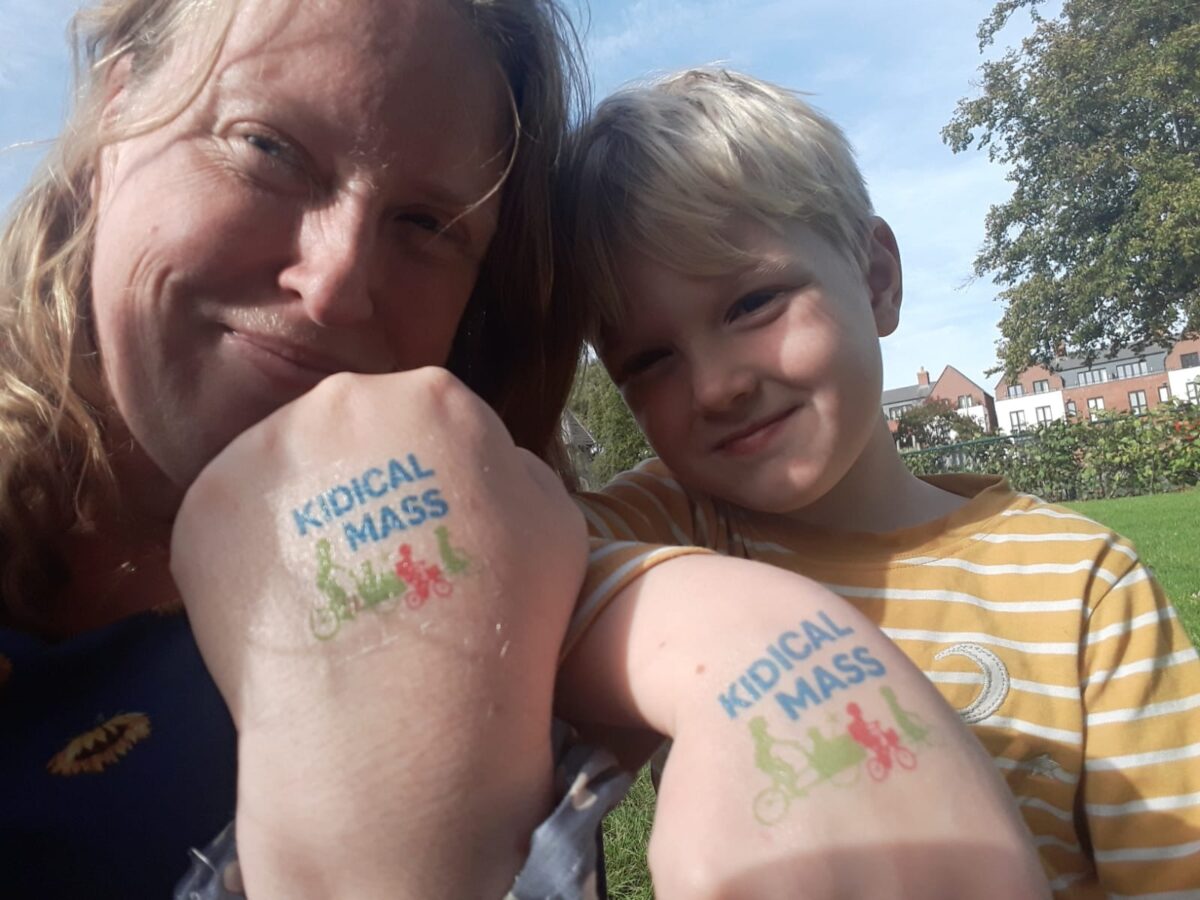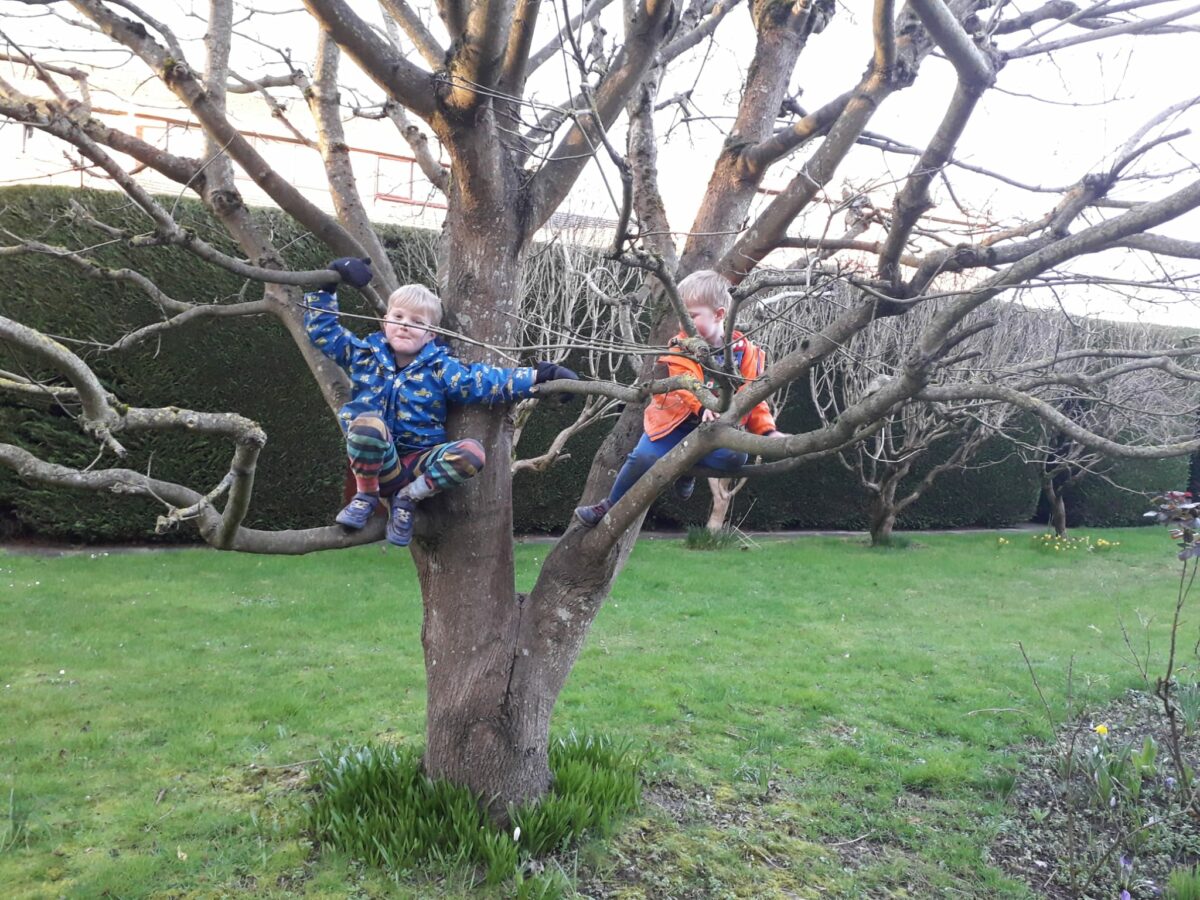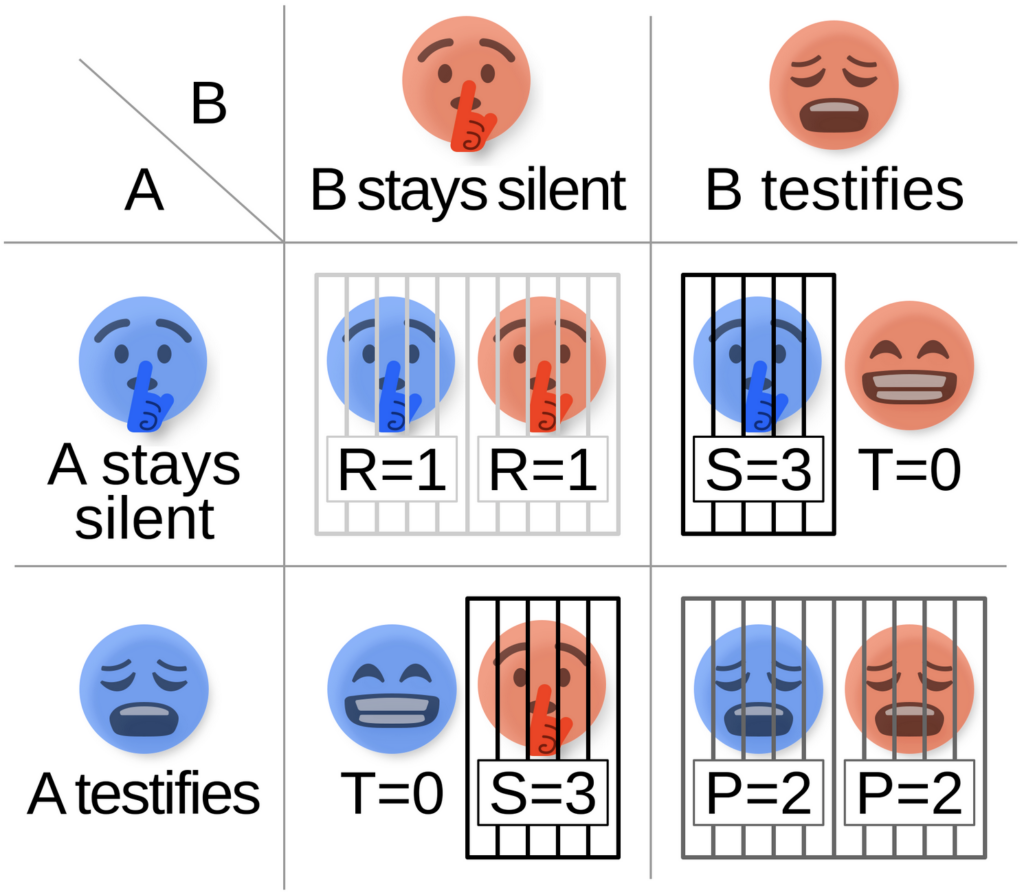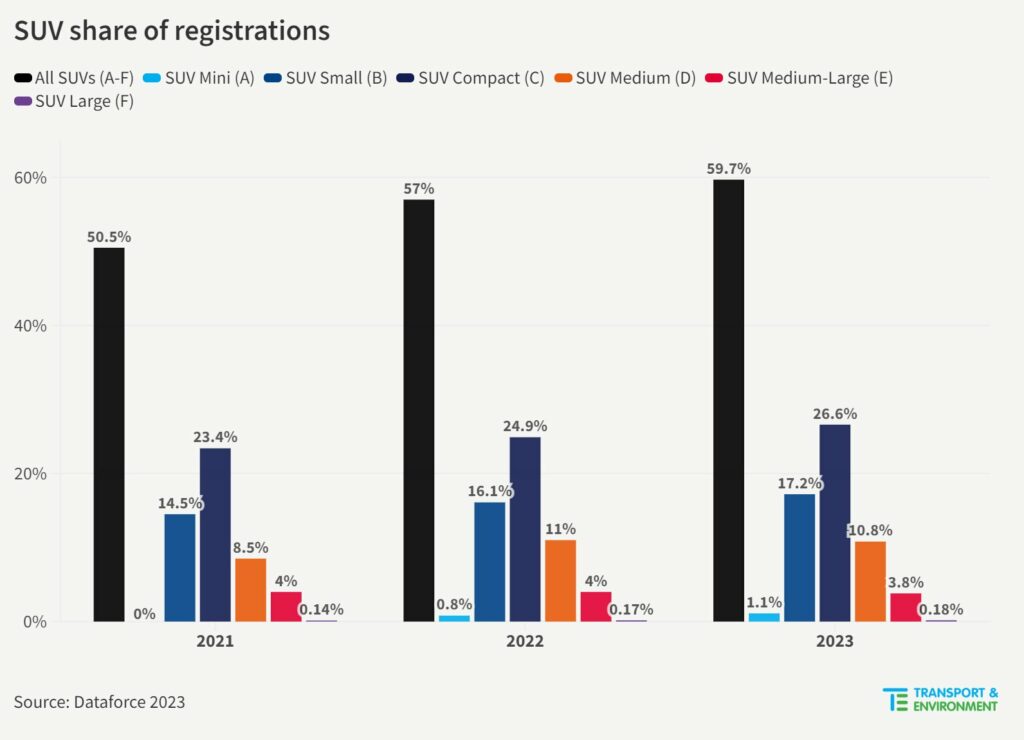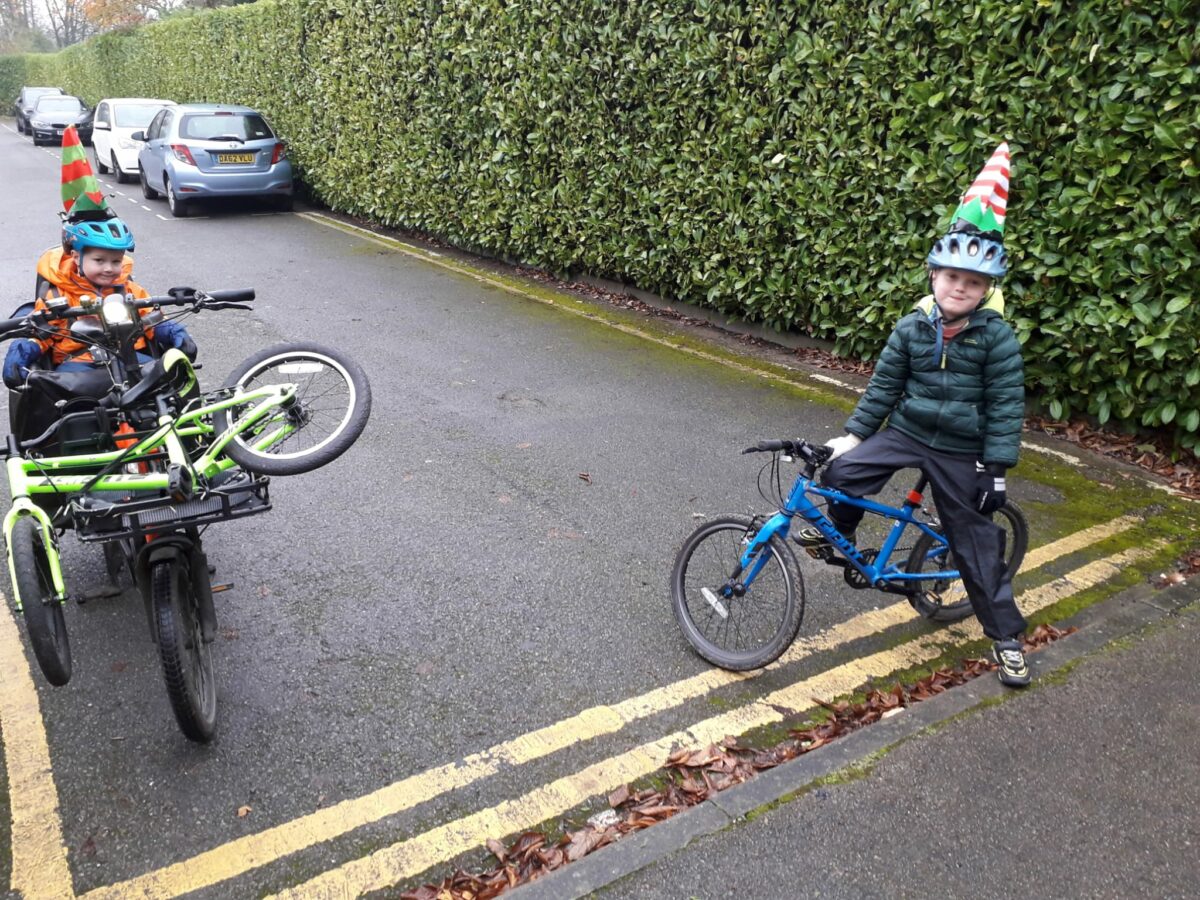Winter is here! Those of us who cycle with children know that a cold child on a bike is a very bad thing. Mostly because we love them so much and don’t want them to suffer, but also partly because they can get extremely whiny.
The quote in the title of this article is from the version of 101 Dalmatians which I watched as a kid (you will be kind, Dear Reader, and not attempt to do the maths on my age). Without the “my tail is froze” line which I have deleted it’s a pretty good summary of the list of complaints we’ve had from our kids over the years (though it is missing fingers, which is fair enough as dogs don’t have them, and actually ours have never whinged about their noses). I thought I’d share something about how we have addressed them.
Firstly, keeping the child’s body warm. They don’t get as much wind chill as we do (being somewhat sheltered behind our bodies) but they aren’t doing exercise in a bike seat so we tended to wrap them up pretty warm. We loved an all-in-one snowsuit, right up until the point of potty training when suddenly the ability to undress quickly becomes REALLY IMPORTANT. After that, we went waterproof dungarees (sometimes called puddle jumpers or puddle busters) over a warm coat. No gap for wind chill, but they can still be peeing in a bush on the side of the road 10 seconds after pulling over.
For feet, we tried all sorts of shoes/socks/boots combinations, but the thing that really solved it was snow boots – the fluffy lining made their toes very cosy. For their ears, we found a thin but warm woolen “elephant hood” could fit under their helmet and kept their ears toasty.
Now, if my husband and I had only ever bought the older Kidical Mass Intern into the world, this article would end, “and for hands, gloves”, and that would be the end of it. So aren’t we all so glad that the younger Kidical Mass Intern came along to make all of our lives so interesting?
Around the age of two, the younger Kidical Mass Intern decided that Gloves Were For Losers. So I would put them on and start cycling, then he would take them off and throw them away, then shortly thereafter (but, crucially, long enough that we’d moved down the road and the gloves were no longer anywhere to be seen), he would start crying because his hands were cold. He also, for a short while, did this with his shoes. Being his mother is one of the greatest joys of my life, but it is not always a joy in every single moment.
Even from here, as I write this several weeks before you are reading it, I can hear you thinking, “Hasn’t she ever heard of mittens on a string?’ Of course I have, Dear Reader, and it was there I turned next. Unfortunately, it transpires that many manufacturers of mittens-on-a-string do not make them with the idea in mind that children are actively going to attempt to dismember them. The younger Kidical Mass Intern is quite strong, so we lost quite a few pairs of gloves that way. The strings, of course, stayed safely inside his coat, but that was cold comfort.
When I finally found a pair with a strong enough string to stand up to him I found a new problem. Gloves are tricky to put on, when you’re two, He would take them off, and (grudgingly) leave them dangling off his arms, then yell that his hands were cold. I knew that he couldn’t get the gloves back on unassisted. Our monthly gloves bill had at least gone down, but I was now pulling over every few minutes.
So, finally, I ordered him a muff – an item I associated previously with Laura Ingalls Wilder books and flower girls at posh weddings. It was SUPER warm. I could tie the string that was meant to go around his neck to the back of his child seat so he couldn’t throw it away. He could operate it himself, so I didn’t need to pull over (or feel guilty if I didn’t) to help get it back on when he took it off.
Now, for the million dollar question. Did that keep his hands warm? Nope. But it did stop me feeling guilty about it as I knew he had the option to tuck his hands safely away at any point that he chose. What actually solved the problem (as with many things in parenting) was time. When Winter came around again and he was a year older it finally made sense to him that cold hands could be avoided by keeping warm things on them. HURRAH!
If you want a Winter bike ride opportunity to test out your child weather-proofing plan, do join us for a circular ride from Reading University Campus at 2pm on Sunday 14th January.
